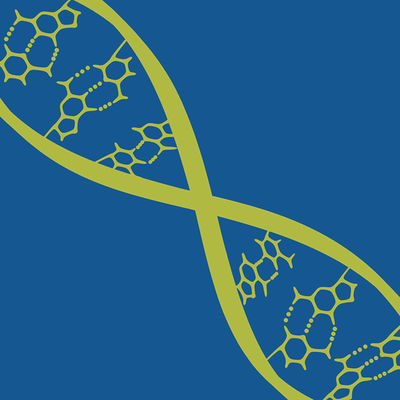Request Demo
Last update 08 May 2025
Central retinal vein occlusion - ischemic
Last update 08 May 2025
Basic Info
Synonyms Cent ret vn occlus - ischaemic, Cent ret vn occlus - ischemic, Central retinal vein occlusion - ischaemic + [8] |
Introduction- |
Related
4
Drugs associated with Central retinal vein occlusion - ischemicTarget- |
Mechanism- |
Originator Org. |
Active Indication |
Inactive Indication |
Drug Highest PhaseApproved |
First Approval Ctry. / Loc. United States |
First Approval Date18 Nov 2011 |
Target |
Mechanism VEGF-A inhibitors |
Active Org. |
Originator Org. |
Active Indication |
Drug Highest PhaseApproved |
First Approval Ctry. / Loc. United States |
First Approval Date30 Jun 2006 |
Target |
Mechanism RNR inhibitors |
Active Org. |
Originator Org. |
Active Indication |
Inactive Indication |
Drug Highest PhaseApproved |
First Approval Ctry. / Loc. United States |
First Approval Date07 Dec 1967 |
17
Clinical Trials associated with Central retinal vein occlusion - ischemicJPRN-UMIN000055074
A comparative study of visual function, QOL, and satisfaction in patients with BRVO or CRVO macular edema being treated with existing anti-VEGF agents, before and after switching to ranibizumab BS - A comparative study of visual function, QOL, and satisfaction in patients with RVO, before and after switching to ranibizumab BS
Start Date25 Jul 2024 |
Sponsor / Collaborator |
ChiCTR2300070096
The Clinical Value of Contrast-Enhanced Ultrasonography in the Diagnosis and Treatment of Central Retinal Artery and Vein Occlusion
Start Date01 Apr 2023 |
Sponsor / Collaborator- |
ChiCTR1900021193
Efficiency and safety of Conbercept intravitreal injection combined with posterior sub-tenon injection of triamcinolone acetonide in macular edema due to central retinal vein occlusion
Start Date01 Feb 2019 |
Sponsor / Collaborator |
100 Clinical Results associated with Central retinal vein occlusion - ischemic
Login to view more data
100 Translational Medicine associated with Central retinal vein occlusion - ischemic
Login to view more data
0 Patents (Medical) associated with Central retinal vein occlusion - ischemic
Login to view more data
391
Literatures (Medical) associated with Central retinal vein occlusion - ischemic03 Apr 2025·Current Eye Research
Normalized Reflectivity of Middle Limiting Membrane on SD-OCT: A Measure of Acute Ischemia in CRVO
Article
Author: Hoerauf, Hans ; Feltgen, Nicolas ; van Oterendorp, Christian ; Büchel, Sheila ; Bemme, Sebastian
06 Feb 2025·RETINAL Cases & Brief Reports
Enormous Bilateral Optic Disc Drusen Presenting as a Central Retinal Vein and Cilioretinal Artery Occlusion
Article
Author: Spaide, Richard ; Naderi, Amirreza
01 Jan 2025·Ophthalmology Retina
Retrospective Cohort Study of Sickle Cell Disease and Large Vessel Retinal Vascular Occlusion Risk in a National United States Database
Article
Author: Singh, Rishi P ; Talcott, Katherine E ; Kaufmann, Gabriel T ; Shukla, Priya ; Russell, Matthew
Analysis
Perform a panoramic analysis of this field.
login
or

AI Agents Built for Biopharma Breakthroughs
Accelerate discovery. Empower decisions. Transform outcomes.
Get started for free today!
Accelerate Strategic R&D decision making with Synapse, PatSnap’s AI-powered Connected Innovation Intelligence Platform Built for Life Sciences Professionals.
Start your data trial now!
Synapse data is also accessible to external entities via APIs or data packages. Empower better decisions with the latest in pharmaceutical intelligence.
Bio
Bio Sequences Search & Analysis
Sign up for free
Chemical
Chemical Structures Search & Analysis
Sign up for free



